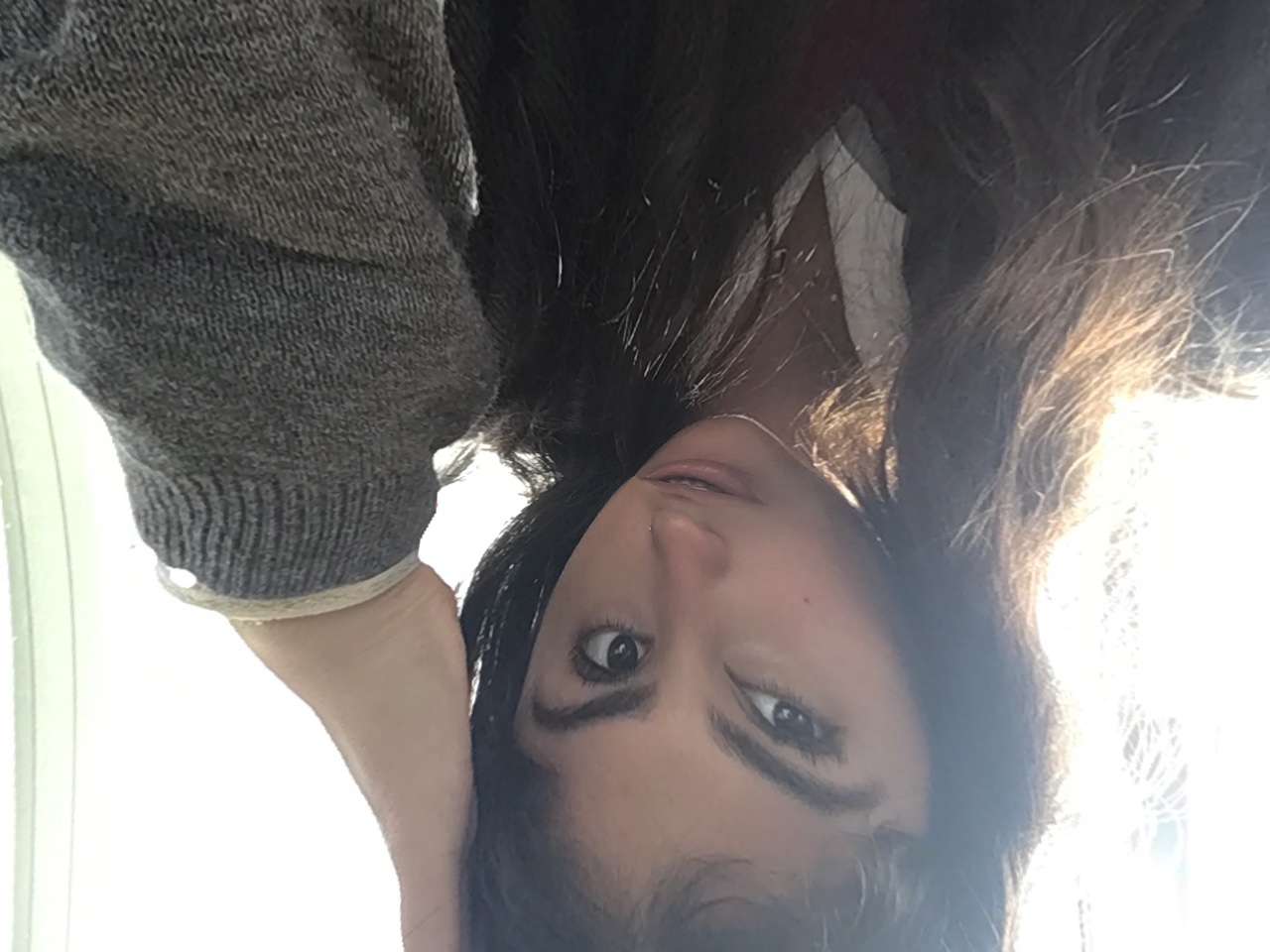Army equipment and tactics
Cards (41)
- Phalanx formation
- Testudo
- Advantage of testudo
- loose formation
- outflank
- scouting
- Siege
- artillery
- ballista
- onager
- bullet
- battering ram
- siege tower
- Greek hoplite clothing
- What are the disadvantages of the cuirass
- what are the Greek hoplite equipment
- describe 2 types of Greek helmet
- Greek spear used in detail
- Diversity of equipment in the Athenian army
- Hoplite equipmet and use
- Lightly armoured soldier - equipment and use
- Cavalry - equipment - use
- Prescribe source - bronze helmet of the corinthian type
- Prescribed source - bronze hoplite figure
- roman legionary clothes
- Explain lorica segmentata
- Roman legionary equipment
- Explain the roman helmet (cassis)
- Explain the roman shield (scutum) and why it was used?
- Explain the roman spear(pilum)
- Explain the roman infantry tactics
- Explain the testudo formation
- greek vs roman spears
- greek vs roman shield
- Greek vs roman armour
- greek vs roman sword and formation
- Prescribed source = Bronze statuette of Legionary
- Why might a seige warfare be used
- surround and starve - siege warfare
- Over the walls using seige towers - siege warfare
